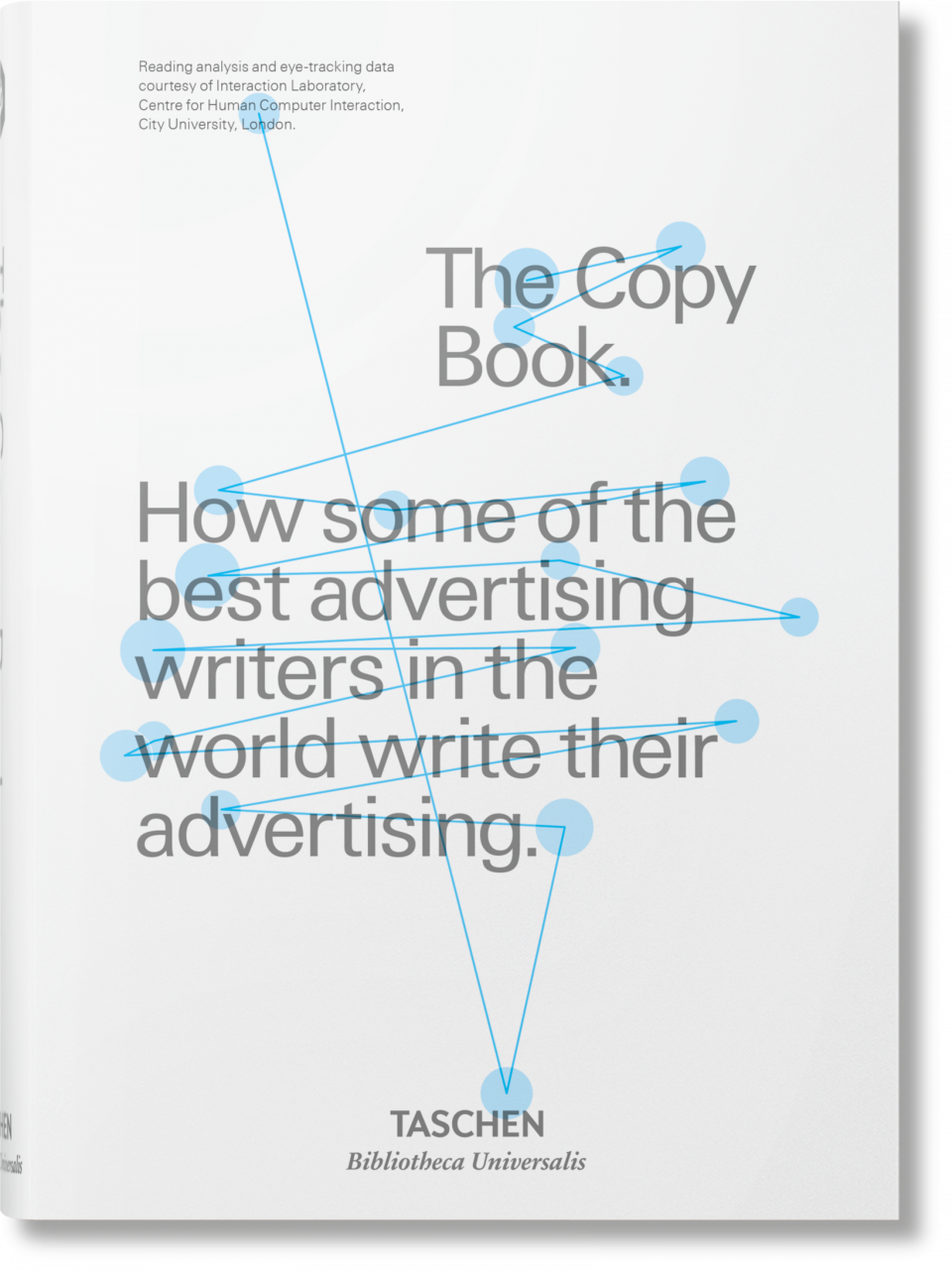Earlier this year, D&AD and Taschen published a new version of The Copy Book and I’m honoured to be in it.
The original version came out in 1995 and became something of a rarity, with copies exchanging hands for crazy money on eBay. It included 32 advertising copywriters, each of whom contributed an essay talking about their approach to copywriting, followed by a few spreads of their most famous work. An updated version came out in 2011, with an additional 16 writers included. This version adds another five and comes in a compact and more affordable format.
It’s still a great and relevant read. Whether it’s designers, poets, songwriters or copywriters, I like it when people talk about the actual craft of what they do, rather than trying to give inspirational life advice etc – always seems more interesting to me.
On the downside, the original line-up of 32 writers included (I think) only one woman – and that imbalance remains pretty noticeable, even though the updates have been more equitable.
The majority of the work is also pretty old now, but that’s not a downside. It’s impossible to read the writings of David Abbott and others, and not come away with a sense of extremely relevant wisdom being shared. Whatever else has changed, writing is still writing, ideas are still ideas, and persuasion is still persuasion.
When it came to contributing my piece, I felt like I couldn’t launch straight into talking about my approach to writing, in the way most of the other writers do. With the original cast of ad agency writers, there’s a shared understanding of what the job actually is, so you can go straight into talking about technique and craft.
In my case, I feel like I’m wandering into an advertising book as a flag-holder for all the brand/design writers out there, so I needed to write something that would give some context to what I do and talk about how writing has evolved (in good and bad ways) since the time of the original book.
My piece has just been re-published on Creative Review (paywall). And the book is available from here and the usual places.





